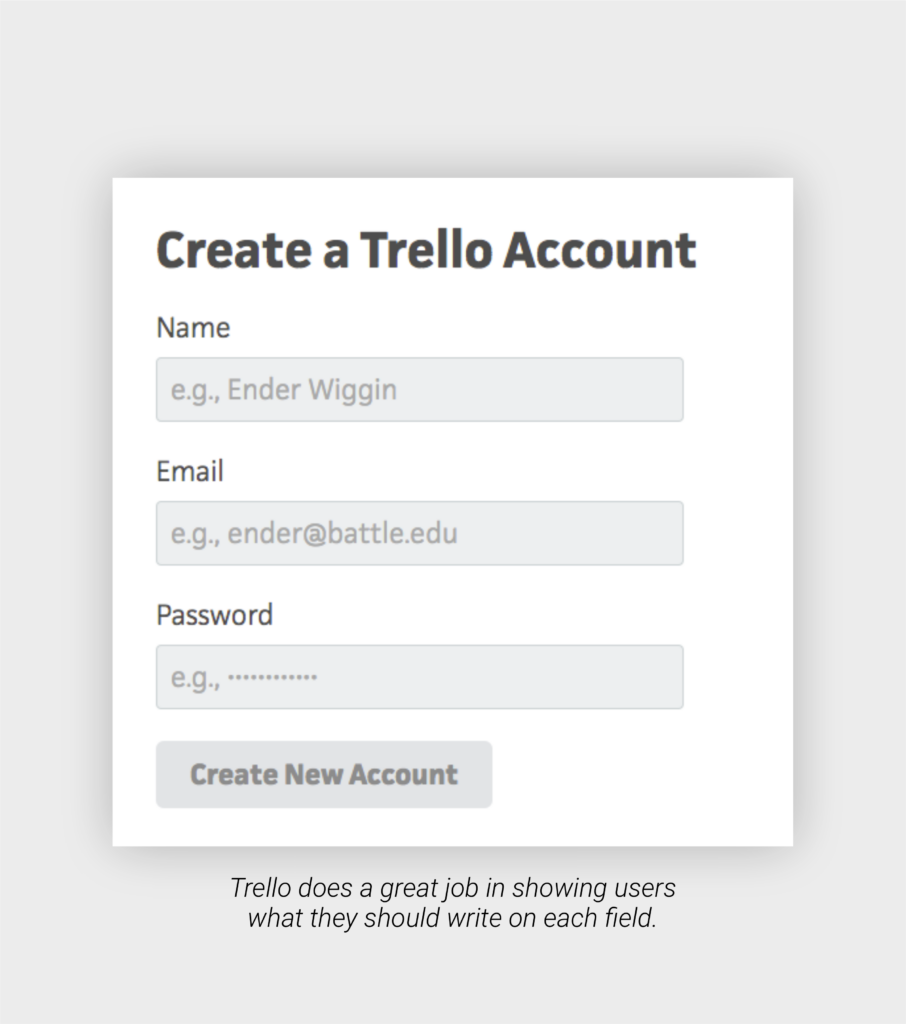Microcopy has proven to be instrumental in the success of any website, but for some reason, it’s still taken for granted. Indeed, the small giant of writing UX is still easily by merchants that look to improve their eCommerce, and we’re here to change that.
Quick question: Imagine you have to optimize a website to increase conversions. Where would you start?
Well, 30% of people think first of changing the CTA buttons. About 20% think of revamping the headlines, while 10% consider changing the layout–or even doing a complete website redesign.
Surprisingly, only a tiny percentage of people think about touching the copy despite the massive influence it can have on shoppers. Minor adjustments in the text of your website can make a huge difference. Here lies the magic of microcopy.
Microcopy refers to the tiny pieces of copy used in websites to guide and reassure shoppers. They go straight to the point in no more than one sentence. Good microcopy is brief, informative, and authentic.
For creating good microcopy, you need to know your user. In this era of overcrowded online spaces and decreased app retention, microcopy can make or mar the UX of your website. Concise and detailed explanations are vital for selling your brand and winning shoppers over.
The tone is crucial, too. Snappy microcopy works best because it’s memorable, energized, and in some cases, rhythmic.
Use microcopy where the user might need it. Remember that microcopy aims to guide and elevate UX, but not to trick. Examples of microcopy placements include:
In case you need to be convinced further into the beauty of Microcopy, here are eight ways in which it improves UX tremendously.
Microcopy is fantastic for assisting users who have questions or need reassurance during the purchase process. Uncertainty, ambiguity, or unclear information can intimidate shoppers. Asking for too much information can push them to abandon the transaction or registration process.
Microcopy helps users feel in control of the process. A few short statements placed strategically at several points during the purchase process can allay doubts.
Digital products can create concern for privacy and security, and you can use microcopy to build trust.
You can use it to explain why you collect personal information. We’re in an era when user information is valuable, and consent is essential. Customers want to make informed decisions about the personal information they share.
Microcopy can:
Some form fields tend to be problematic. When identified, you can correct them with the help of microcopy. For example, say you receive many errors from users creating passwords in the wrong format. You can create a copy that explains the requirements of the proper format for passwords.
The teams creating websites tend to have their jargon. But customers are rarely familiar with it. As a result, the use of a user-centered copy makes the process more human for shoppers. Use microcopy to make error messages friendlier or more amusing!
One of the main advantages of using microcopy is that it’s easy to read.
Users can scan it quickly and understand it immediately.
You only have a few seconds to catch a visitor’s attention, so an unnecessarily long copy will become boring.
The effective use of contrast and placement of microcopy help users navigate comfortably. Creative and catchy messages make visitors stick around for longer and encourage repeat visits!
Microcopy helps undecided shoppers and guides them to continue with a purchase. It can also appear as a sample text inside form fields or search bars. If you tell shoppers what you expect them to write, you will prevent mistakes and reduce abandonment. With the help of analytics, you can quickly identify trouble areas that regularly trip up users.
The informal language in microcopy can provide a brand with a face or voice that will resonate with users. Microcopy can be customized to fit the language of a target audience and foster a connection with the brand. A humorous error message, for instance, will put the user at ease and encourage them to try again! A fun pop-up that appears after a successful purchase can help in humanizing a brand.

Words, when used creatively, can play a big part in converting customers. They can influence them into not leaving your website empty-handed.
Now, a small aside here. While microcopy is effective at improving user experience, it can have a negative impact if poorly written. Some online retailers are embracing Dark UX Patterns to manipulate users–intentionally. You might want to steer away from that.
Please don’t use microcopy to scare, confuse, or mislead users. Make sure your copies are authentic, transparent, brand-specific, and fit into the context.
Shoppers must enjoy all parts of the shopping experience in your eCommerce! If you want to learn more about microcopy and use it to enhance your website, we can help you. Contact us today!
In an era where digital transformation drives competitive advantage, integrating artificial intelligence (AI) with NetSuite… Read More
And surely no one told you about. Enjoy the following lorem ipsum that I'm going… Read More
Upgrading your eCommerce UX is a great way to refresh your site without too much… Read More
Growth hacking? You read that right. Follow these tips and your eCommerce will soon be… Read More
Using FAQs to boost product sales is easier than you think! Use them to help… Read More